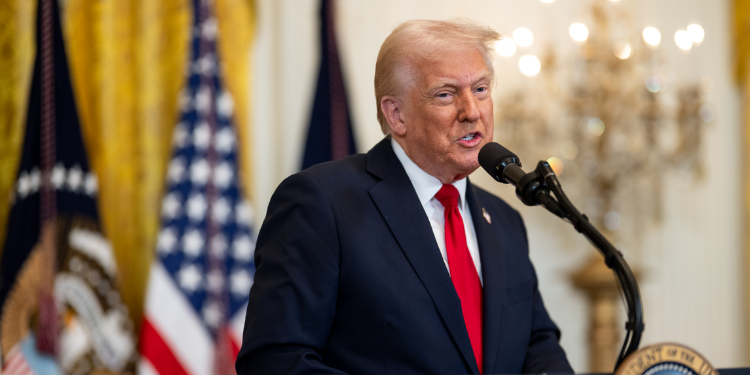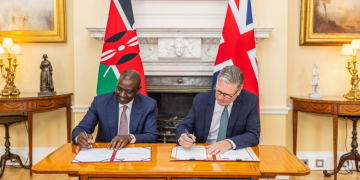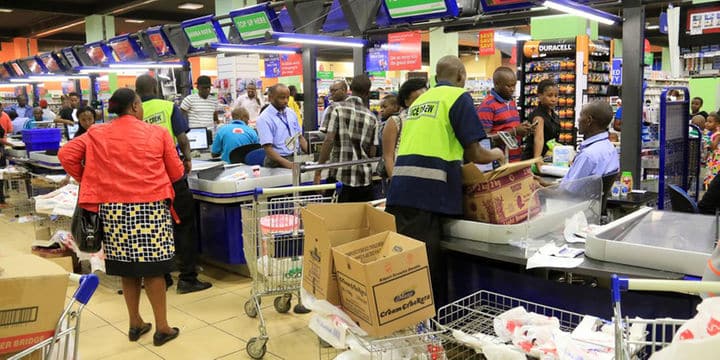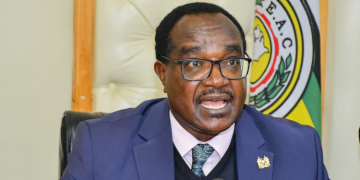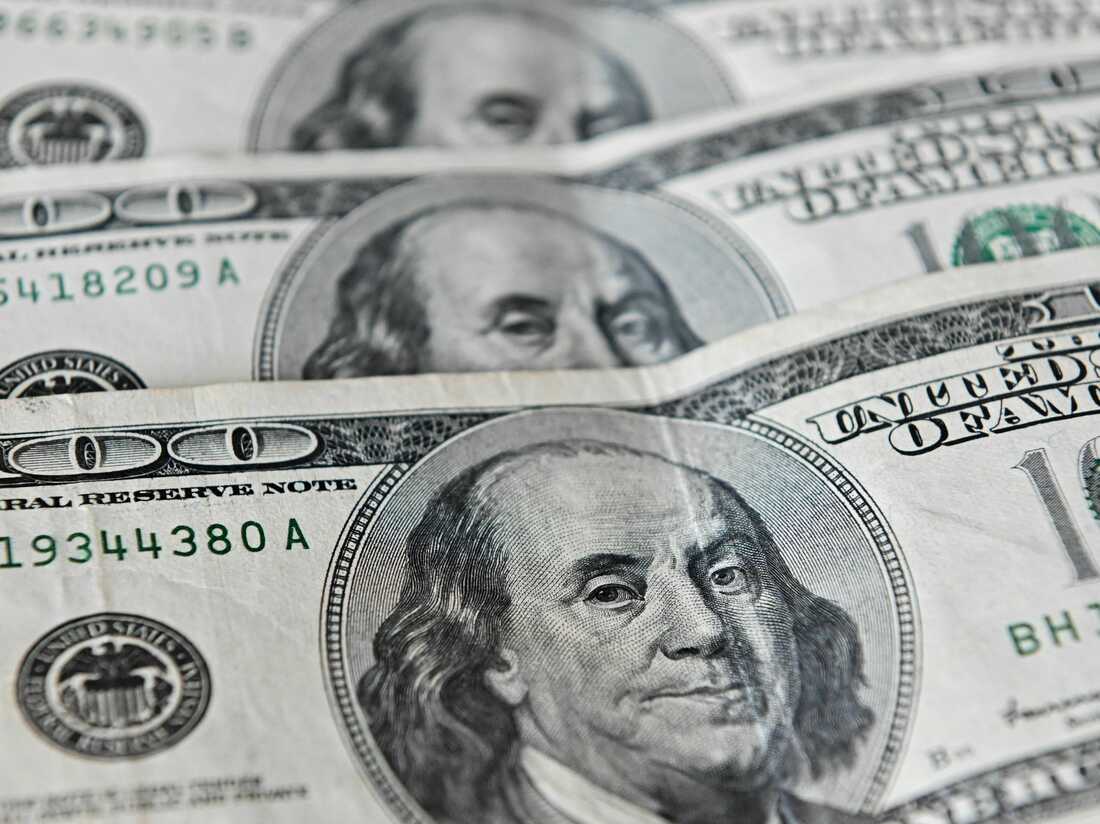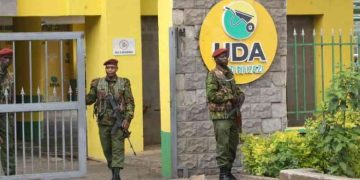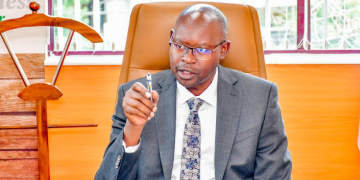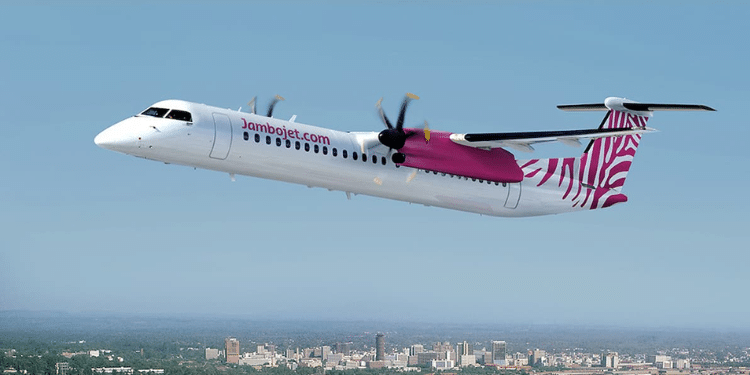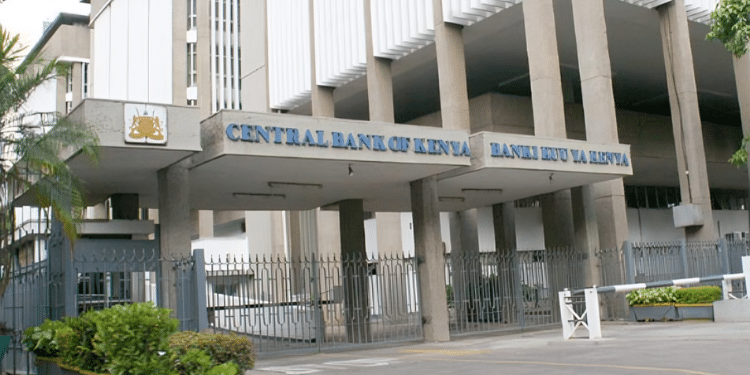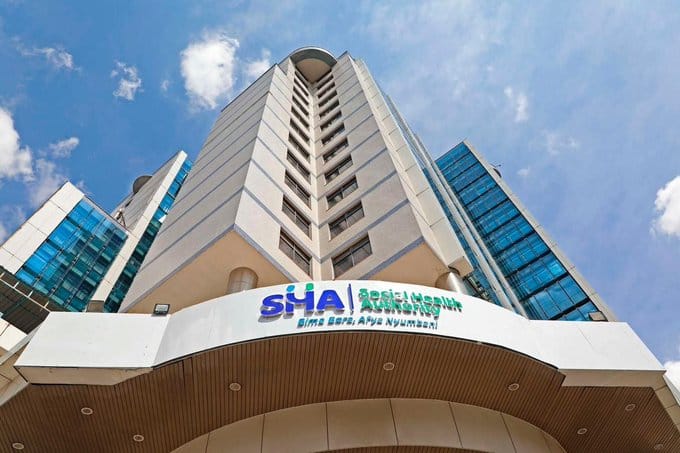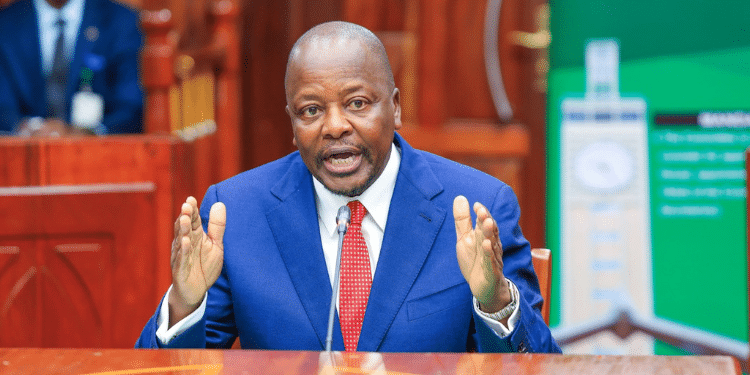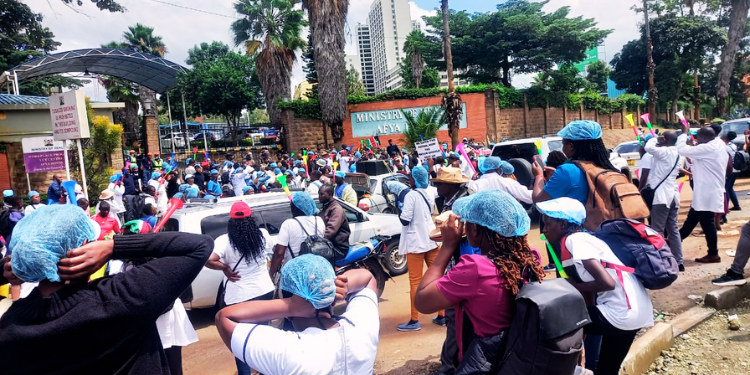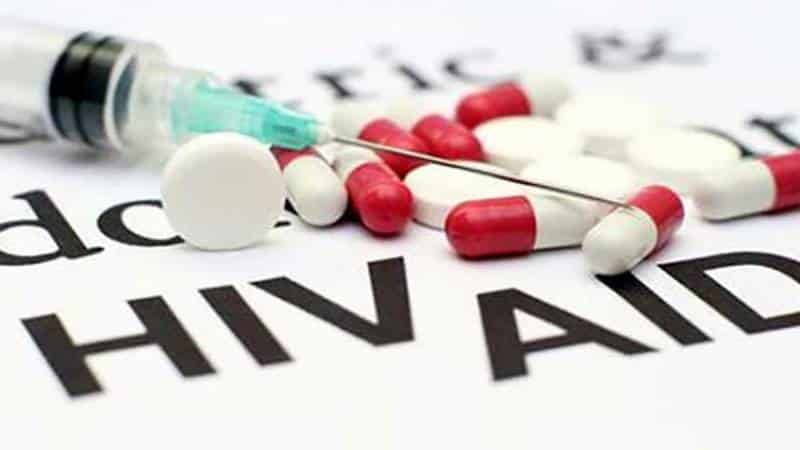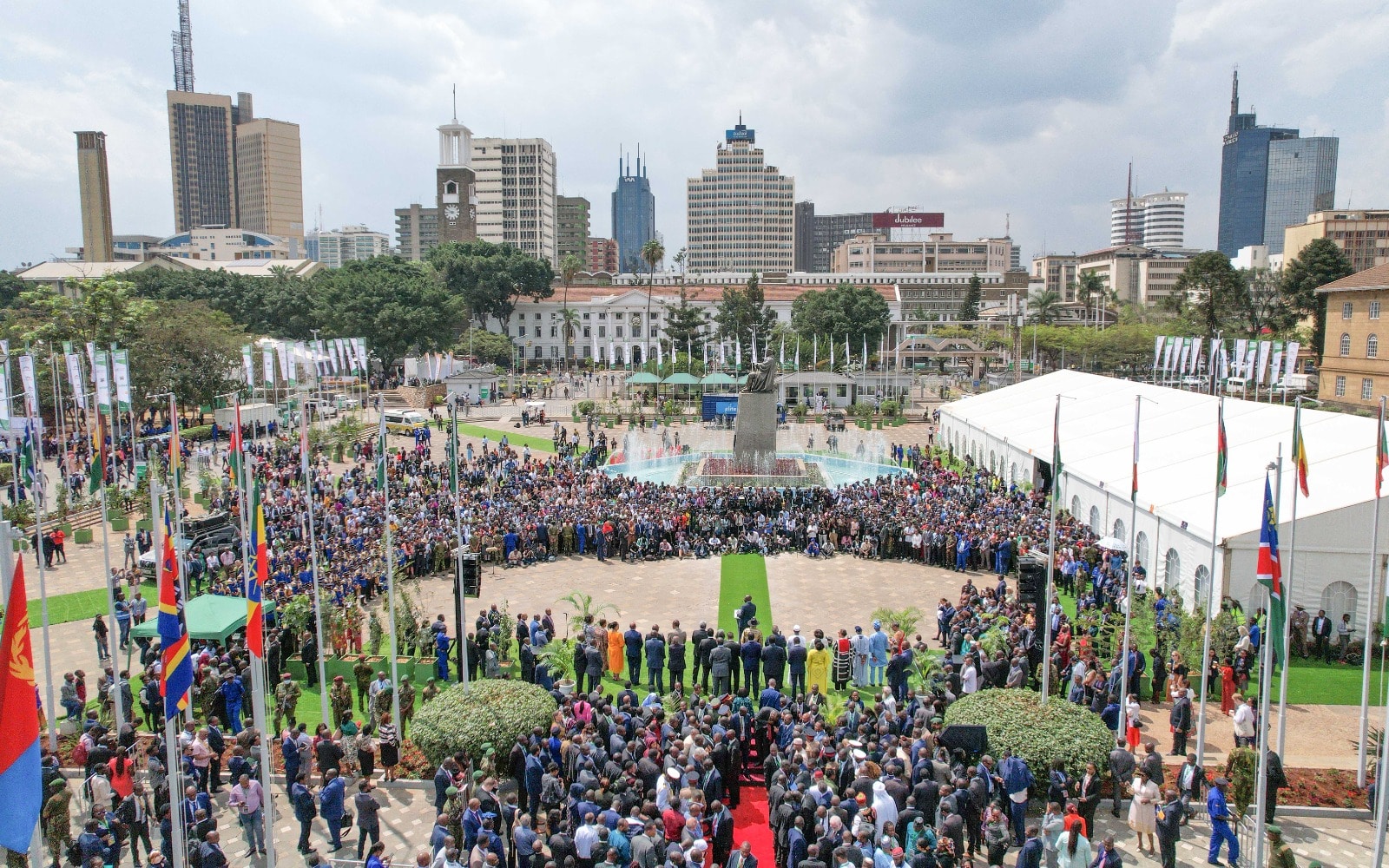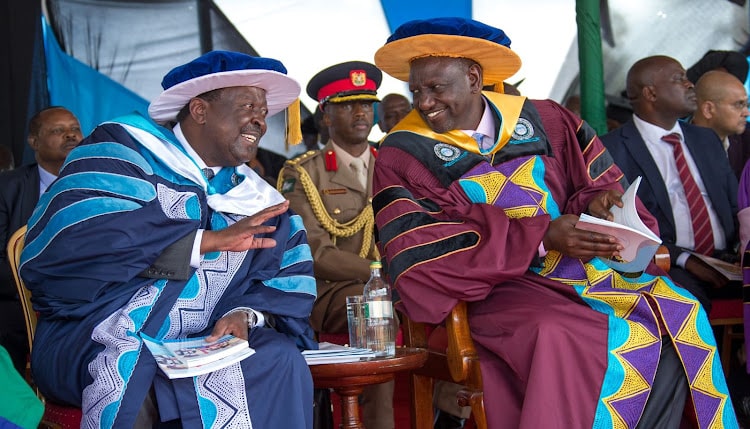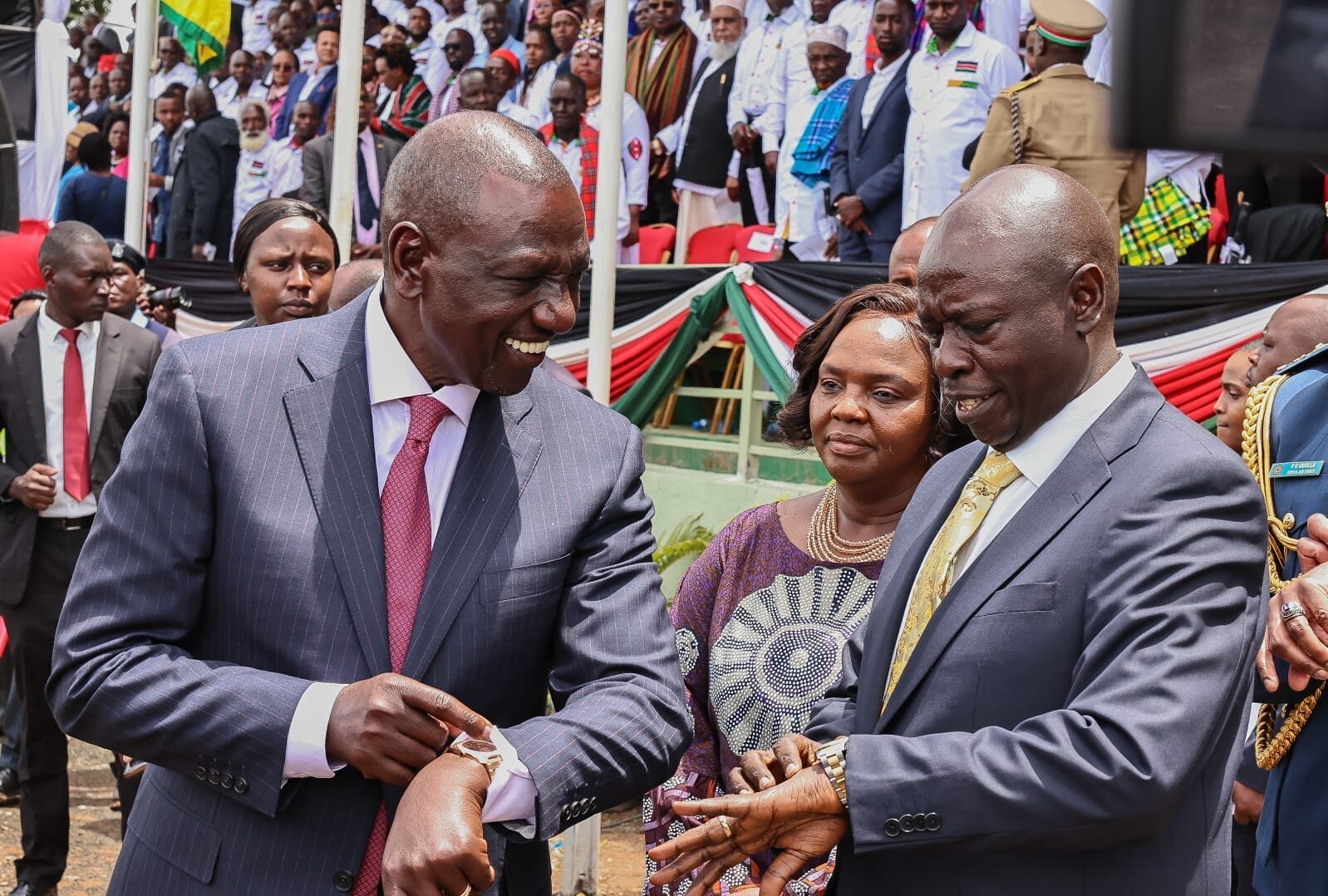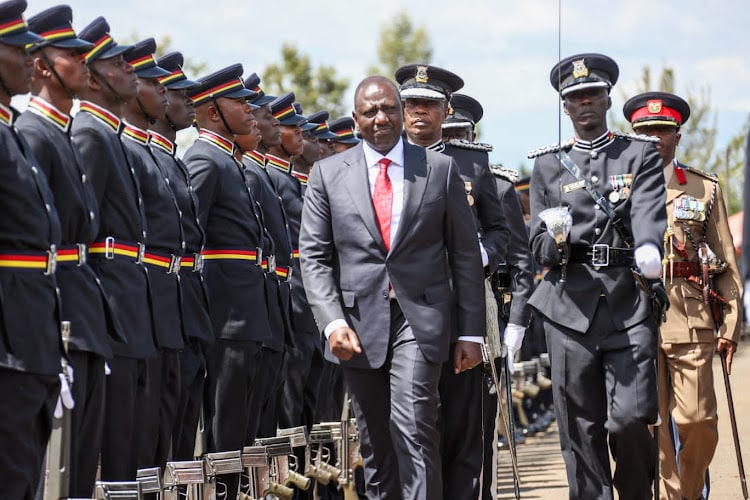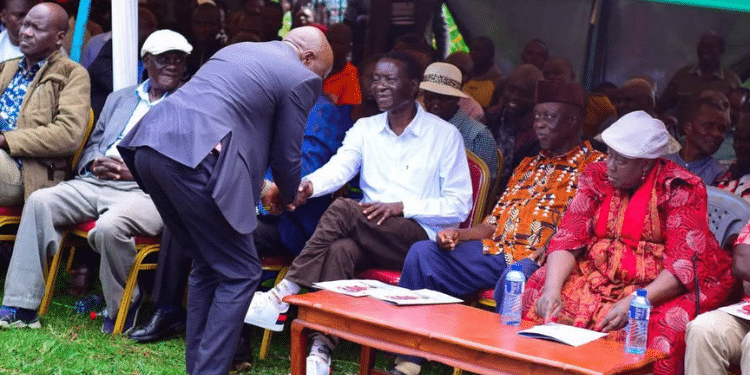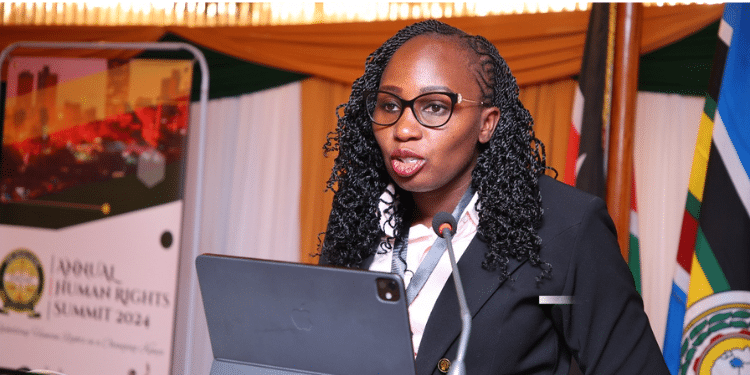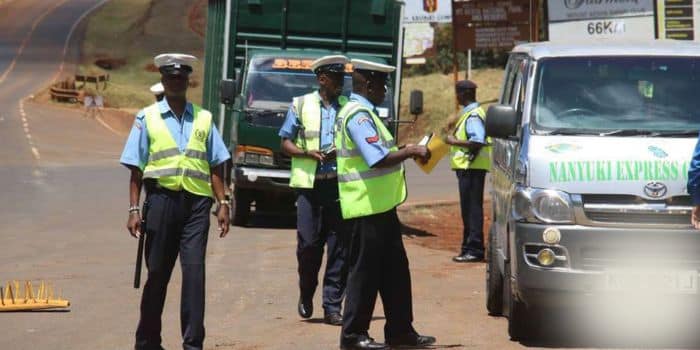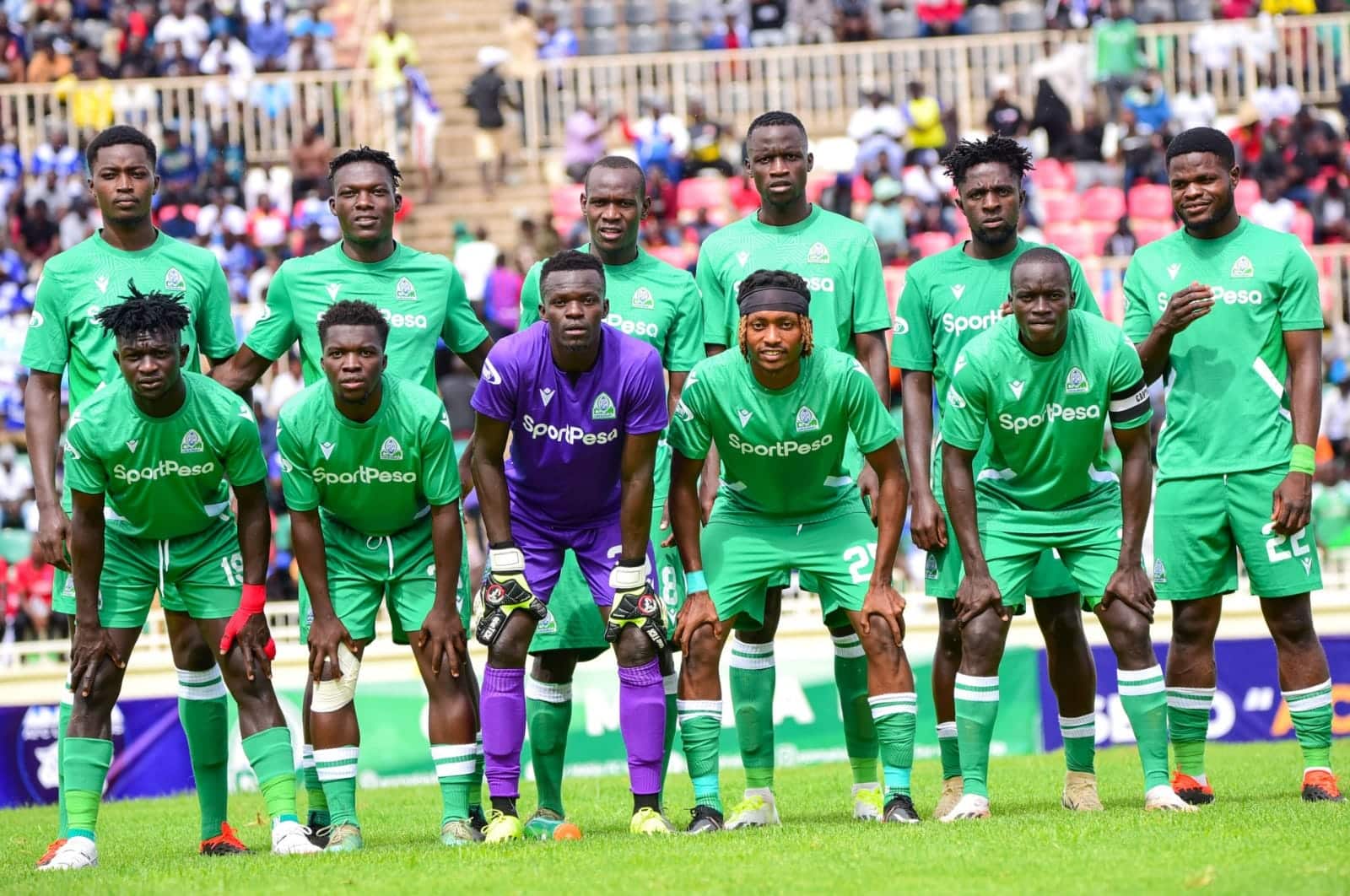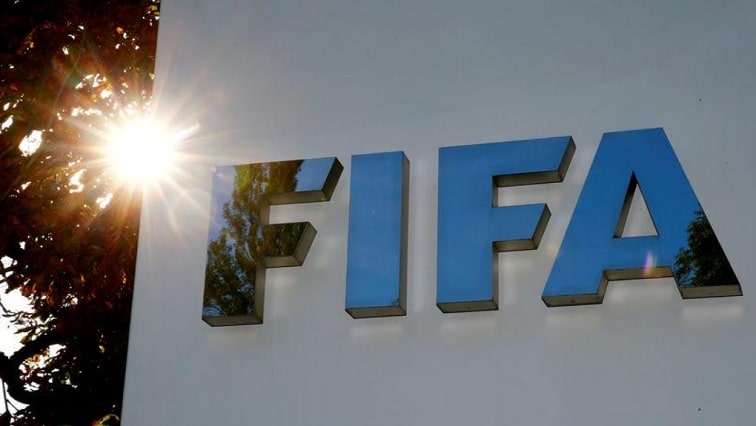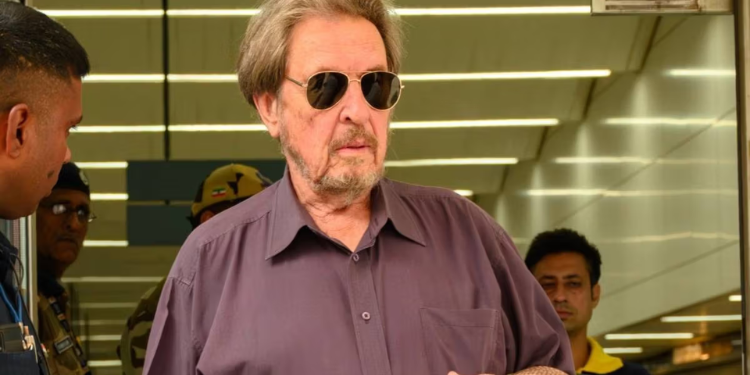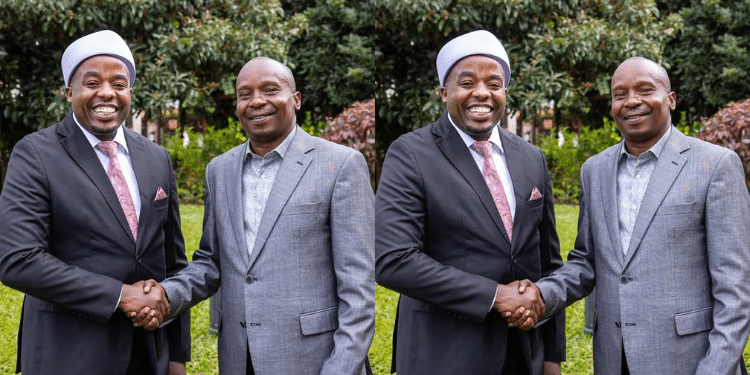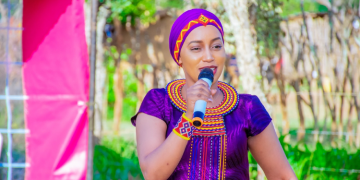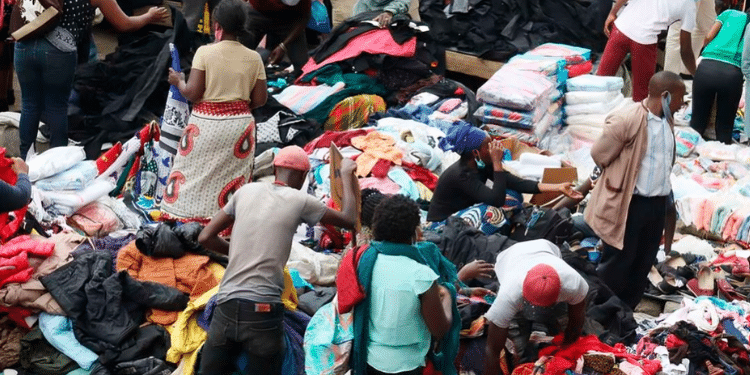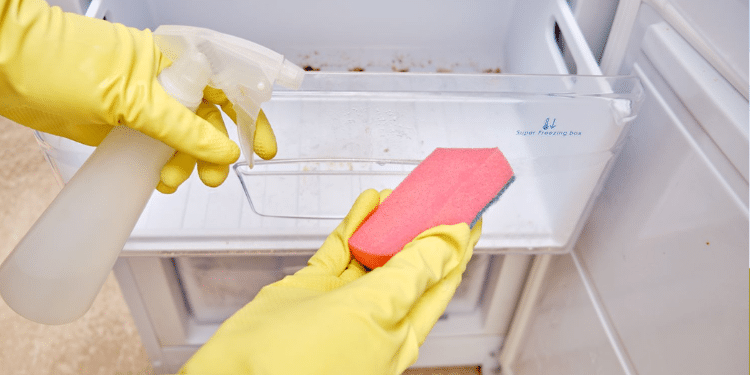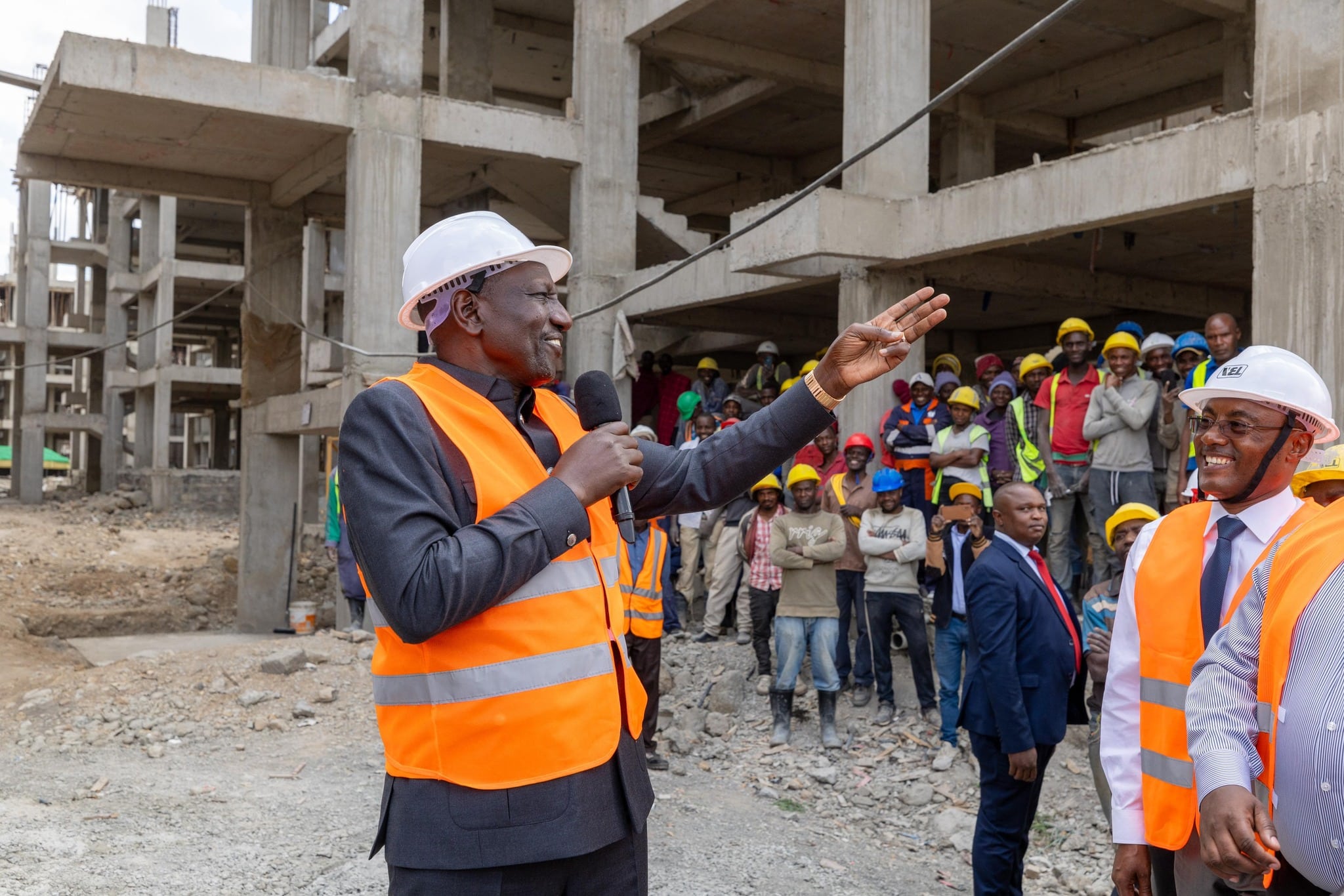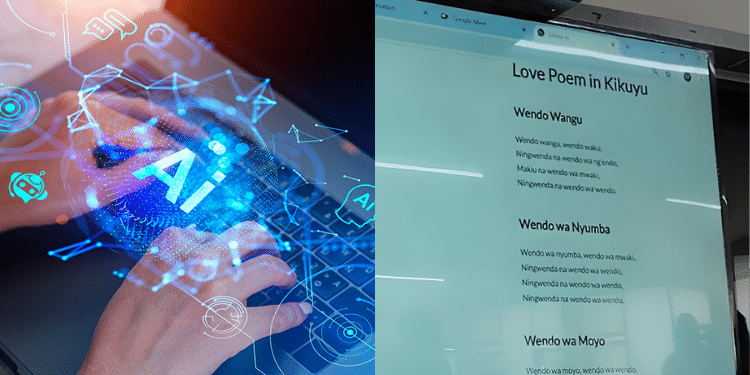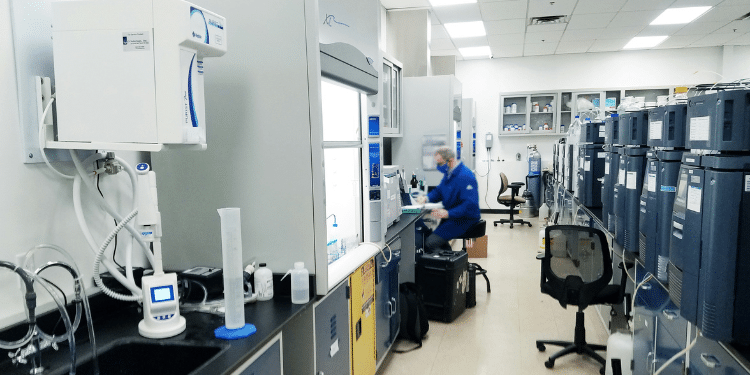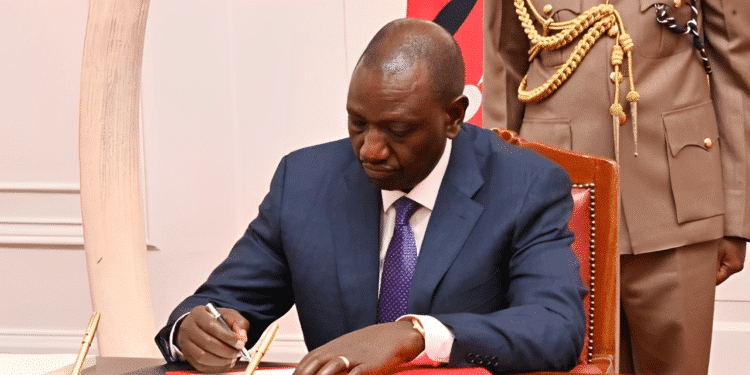The budget for the Financial Year (FY) 2025/26 under the Kenya Kwanza administration, led by President William Ruto, has been set at Ksh 4.2 trillion following Cabinet approval.
The Cabinet, in a special meeting on Tuesday, noted that the budget includes Ksh3.09 trillion for recurrent spending, Ksh74.8 billion for development, Ksh436.7 billion in county transfers and Ksh5 billion for the Contingency Fund.
According to the Treasury, the Executive has been allocated Ksh 2.494 trillion, the Judiciary Ksh 25.749 billion, while Parliament is set to receive Ksh 42.488 billion.
The overall expenditure and net lending for the fiscal year are projected at Ksh 4,263.1 billion, which is 22.1 percent of the GDP, up from Ksh 3,978.3 billion (22.8 per cent of GDP) in FY 2024/25.

How Ruto Govt Will Spend Ksh2.5 Trillion Across 10 Sectors
The total Budget Allocations for the FY2025/26 across 10 key sectors will be Ksh 2.562 trillion. Ksh 1.65 trillion will go towards recurrent spending while Ksh 641.166 billion will be allocated to development.
A major focus within the budget is the education sector, which has been allocated Ksh 723.9 billion.
This funding will be directed towards enhancing the quality, relevance, and accessibility of education in Kenya, with a particular emphasis on the Competency-Based Curriculum (CBC) for basic education.
The budget also prioritizes funding for tertiary and higher education to align with the country’s industrialization goals and address labor market demands.
Investments will be made in teacher welfare, capacity development, and recruitment, ensuring that teachers have the necessary skills to implement education reforms effectively.
Also Read: Relief as John Mbadi Explains Why Govt Won’t Increase Taxes in 2025
What Energy and ICT Sectors Will Get
The Energy, Infrastructure, and ICT sector has been allocated Ksh 504.6 billion in the 2025/2026 budget to support the implementation of 25 key programmes.
Notable targets include road construction, railway projects, and the development of critical transport infrastructure such as the Riruta-Lenana-Ngong Railway Line and a new ferry for Lake Victoria.
The sector is also focused on enhancing airport facilities, particularly Kisumu and Ukunda airports, and automating motor vehicle inspection centres across the country.
In the Shipping and Maritime sub-sector, the government plans to develop the maritime spatial plan, construct a survival training and certification centre, and inspect all eligible ships docking at Mombasa Port.
It will also train 20,000 seafarers and recruit 15,500, alongside developing a centralized maritime databank and five maritime regulations.
The Broadcasting and Telecommunication sub-sector will complete the rollout of National Digital Signal Coverage and install solar power at 42 KBC stations.
In addition, 27,000 journalists will be accredited, while 9,800 on-the-job journalists and 2,998 mass media practitioners will receive training.
Furthermore, three editions of the Kenya Yearbook and 15 editions covering BETA pillars will be published.
The sector is also investing in energy infrastructure, with plans to drill 34 geothermal wells, construct 1,742 km of transmission lines and 21 transmission substations, as well as 1,050 km of distribution lines and 33 distribution substations.
There are also plans to connect 1.44 million new customers and 1,080 public facilities to electricity, install 19,500 street lighting points, and build 55 institutional and 1,800 household biogas plants.
Also Read: CS Mbadi Identifies More Areas to Tax in Bold Move to Raise Ksh4 Trillion
Health and Agriculture Sector
At the same time, the health sector has been allocated Ksh 204.5 billion, with a focus on expanding Universal Health Coverage (UHC) and strengthening healthcare systems.
This includes improving primary healthcare infrastructure, maternal and child health services, and digital health investments to connect healthcare facilities through the National Optic Fibre Backbone Infrastructure (NOFBI).
This will target expanded coverage to over 6,000 health facilities by 2028.
Emphasis on evidence-based and data-driven decision-making the digital health superhighways will include the full implementation of the Electronic Community Health Information System (eCHIS) and integration of UHC tracking in real-time through the Kenya Health Situation Room.
In the Agriculture, Rural, and Urban Development sector, Ksh 77.7 billion has been allocated for FY 2025/26.
The sector aims to register and issue 1.31 million title deeds, settle landless households, and digitalize land records in 15 land offices.
Additionally, the sector will invest in fisheries, providing training and support for fish farmers, while distributing various agricultural inputs such as fertilizers, seeds, and livestock.
The sector will also support 5,070 small and medium-sized enterprises (SMEs) with Agri-credit facilities and enhance the capacity of Kenya’s Exclusive Economic Zone for fishing.
It will also produce and distribute 10.5 million doses of semen and 45,000 improved breed embryos; Distribute 640 milk coolers in all the counties and Complete Kenya Leather Industrial Park at Kenanie.
Here’s the revised breakdown for FY 2025/26, starting with the highest allocations:
| Sector | Allocation for 2025/26 (Ksh Billion) |
| Education | 723.9 |
| Energy, Infrastructure & ICT (EII) | 504.6 |
| Public Administration & International Relations (PAIR) | 286.8 |
| National Security | 257.0 |
| Agriculture, Rural & Urban Development (ARUD) | 77.7 |
| Environment Protection, Water & Natural Resources | 103.8 |
| Health | 204.5 |
| General Economic & Commercial Affairs (GECA) | 59.1 |
| Governance, Justice, Law & Order (GJLO) | 265.9 |
| Social Protection, Culture & Recreation (SPCR) | 78.8 |
For more details you can access the full document here: 2025-Budget-Policy-Statement.
Follow our WhatsApp Channel and join our WhatsApp Group for real-time news updates.


